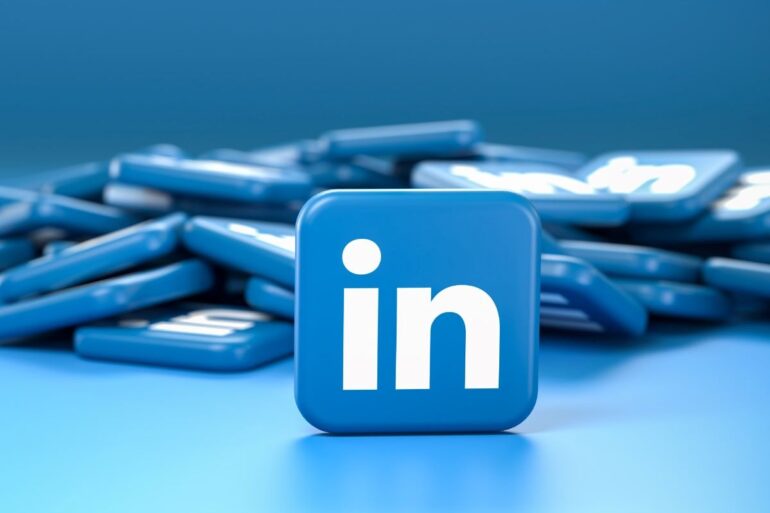TL;DR:
- LinkedIn integrates AI to simplify candidate search for recruiters and streamline ad campaign creation for marketers.
- OpenAI collaboration enhances the platform’s capabilities.
- Over 950 million members on LinkedIn; the primary revenue source is charging recruiters and marketers for data access.
- AI-driven queries now allow recruiters to engage in natural language interactions, focusing on skills rather than job titles.
- Sales professionals benefit from AI-powered prospect identification tools.
- Upcoming AI tool to autonomously generate B2B marketing campaigns based on company websites.
- Despite annual revenue exceeding $15 billion, LinkedIn plans to offer these features without additional charges.
- AI is set to augment users’ roles, recognizing its pivotal role in enhancing efficiency.
Main AI News:
In a groundbreaking move, LinkedIn, the premier social network for business professionals, is set to revolutionize the way recruiters find job candidates and empower marketing professionals to create ad campaigns seamlessly. This transformation is driven by the integration of artificial intelligence (AI) into its core business operations, marking a significant milestone in streamlining processes and enhancing user experience.
LinkedIn, a subsidiary of Microsoft, has joined forces with OpenAI, the visionary creator of ChatGPT, in its pursuit of pioneering AI-powered solutions. With a staggering user base of over 950 million members, the majority of whom avail the free service, LinkedIn’s core revenue streams stem from charging recruiters, marketing, and sales professionals for access to its extensive data repository.
Traditionally, navigating this treasure trove of data required users to employ complex data filters, keywords, and other search engine techniques to formulate queries that LinkedIn’s database could comprehend. This often meant translating natural language queries into terms the database could interpret, a process fraught with inefficiencies.
Now, LinkedIn is poised to change the game. Recruiters can articulate their queries naturally, engaging in conversational interactions with AI. For instance, a recruiter can express their desire to hire a software developer with a decade of experience in Minneapolis, and the AI-driven system responds by prompting further inquiries. These prompts may include asking if the recruiter is interested in similarly qualified applicants in other cities where the company maintains a presence or individuals with comparable skills but different job titles.
Ryan Roslansky, CEO of LinkedIn, underscored the platform’s commitment to adapting to the evolving employment landscape. He emphasized the importance of focusing on skill sets rather than solely on educational backgrounds or job titles. In an era marked by rapid shifts in job titles and functions, LinkedIn aims to encourage hiring decisions that prioritize the alignment of skills with job requirements.
“When you just focus on whether someone went to an Ivy League school or worked at Google, you’re talking about a very narrow set of people that everyone is trying to hire. When you focus on the skills that are required to do the job effectively, all of a sudden, you see there are tens of thousands of candidates out there,” he said. “You can’t just look at job titles.“
LinkedIn is not stopping at revolutionizing candidate searches; it is extending similar AI-driven tools to empower sales professionals in their quest to identify prospects effectively. Additionally, a cutting-edge AI tool is in the works, poised to scan a company’s website and autonomously generate marketing campaigns tailored to business-to-business products and services. These campaigns will be seamlessly integrated into LinkedIn’s platform.
Remarkably, LinkedIn, with revenue exceeding $15 billion in the past 12 months, has no plans to levy additional charges for these groundbreaking features. Instead, it seeks to augment users’ roles by automating aspects of their job functions, recognizing that AI will play an increasingly pivotal role in enhancing efficiency.
“For the majority of the world, you’re going to find that those tasks are going to be augmented by AI, so your role is going to need to adapt a little bit,” Roslansky emphasized.
Conclusion:
LinkedIn’s adoption of AI-driven solutions is poised to redefine the professional networking landscape. By simplifying candidate searches and empowering users to prioritize skills over traditional qualifications, LinkedIn aims to enhance recruitment and marketing efficiency, ushering in a new era of streamlined processes in the business networking market.

